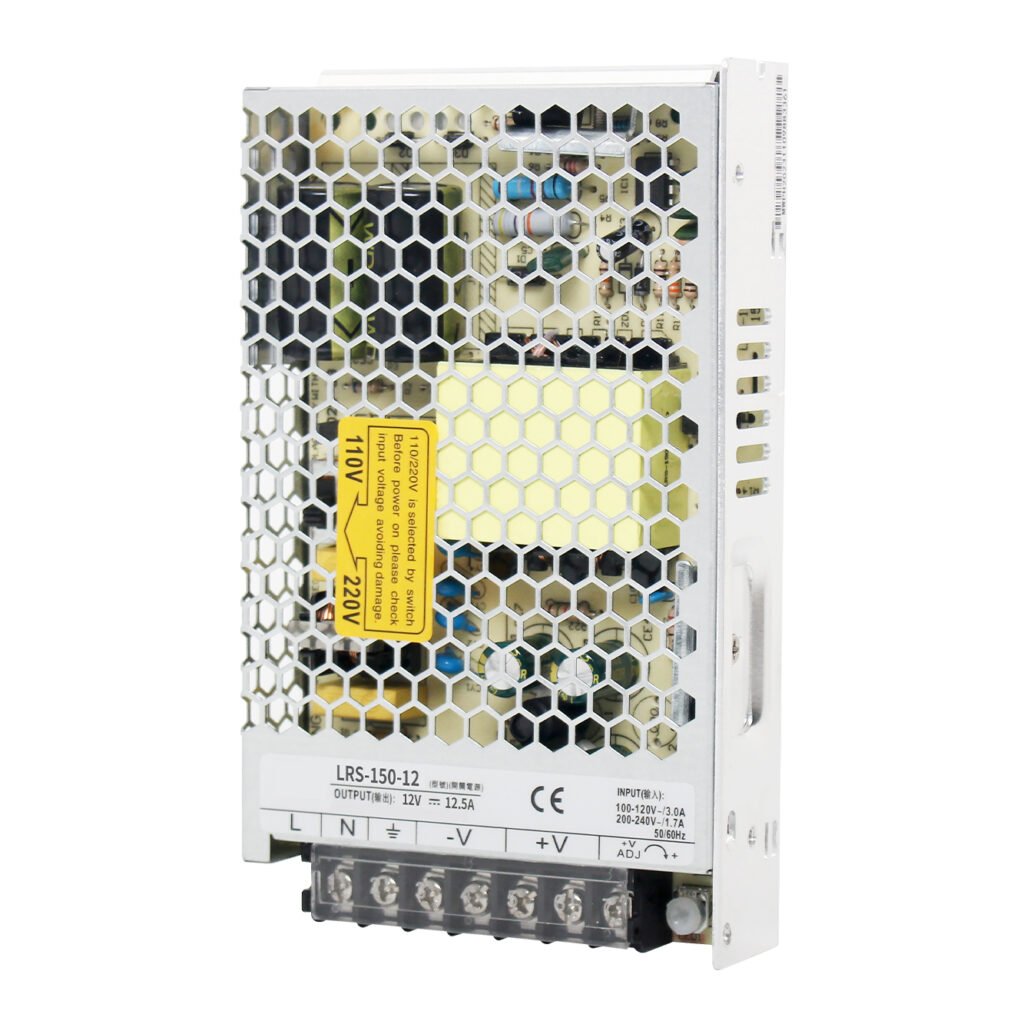The importance of switching power supplies in modern electronics cannot be overstated, as they form the backbone of numerous devices and systems, enabling efficient energy conversion and distribution. Here’s a detailed exploration of their significance:
1. Efficiency and Energy Savings
Switching power supplies (SPSs) operate by rapidly switching between ON and OFF states, allowing for precise control over the output voltage and current. This switching mechanism, as opposed to traditional linear power supplies that continuously dissipate excess energy as heat, results in significantly higher energy efficiency. In modern electronics, where energy consumption is a major concern, the use of switching power supplies helps reduce power waste, leading to lower operating costs and a smaller carbon footprint.
2. Compact Size and Lightweight Design
Due to their high efficiency, switching power supplies can achieve the same power output with smaller transformers, capacitors, and inductors, enabling a more compact and lightweight design. This is crucial for portable devices like smartphones, laptops, and tablets, where every gram counts and internal space is limited. The smaller form factor allows for more functionality to be packed into a single device, enhancing user experience.
3. Wide Input Voltage Range
Another significant advantage of switching power supplies is their ability to operate over a wide range of input voltages. This feature is essential for electronic devices that need to function reliably across different regions with varying power grid standards. For instance, a single device can be designed to work seamlessly in countries with 110V, 220V, or even 240V power grids, eliminating the need for voltage converters or multiple device versions.
4. Regulated Output
Switching power supplies provide tightly regulated output voltages and currents, ensuring that electronic components receive the precise power they require. This is crucial for sensitive electronics, such as microprocessors and memory chips, which can be damaged by voltage fluctuations. Regulated power output also improves the overall stability and reliability of the device, extending its lifespan.
5. Versatility and Customization
With advancements in technology, switching power supplies can be tailored to meet specific requirements, offering a high degree of versatility. Designers can adjust output voltage, current, and power factor correction (PFC) capabilities to suit the needs of a particular application. Additionally, they can incorporate additional features like overvoltage protection, short-circuit protection, and temperature monitoring to enhance safety and reliability.
6. Green and Sustainable Solutions
In line with the global push towards green and sustainable technologies, switching power supplies contribute to more environmentally friendly electronics. Their high efficiency reduces energy consumption and associated greenhouse gas emissions. Furthermore, the use of lightweight materials and compact designs in portable devices powered by SPSs leads to less waste during production, transportation, and disposal.
Conclusion
In summary, switching power supplies play a pivotal role in modern electronics by enabling efficient energy conversion, compact designs, wide input voltage compatibility, tightly regulated outputs, customization, and environmental sustainability. As technology continues to evolve, the importance of these power supplies will only grow, driving innovation and enhancing the performance and capabilities of electronic devices across various industries.

